July 31, 2025
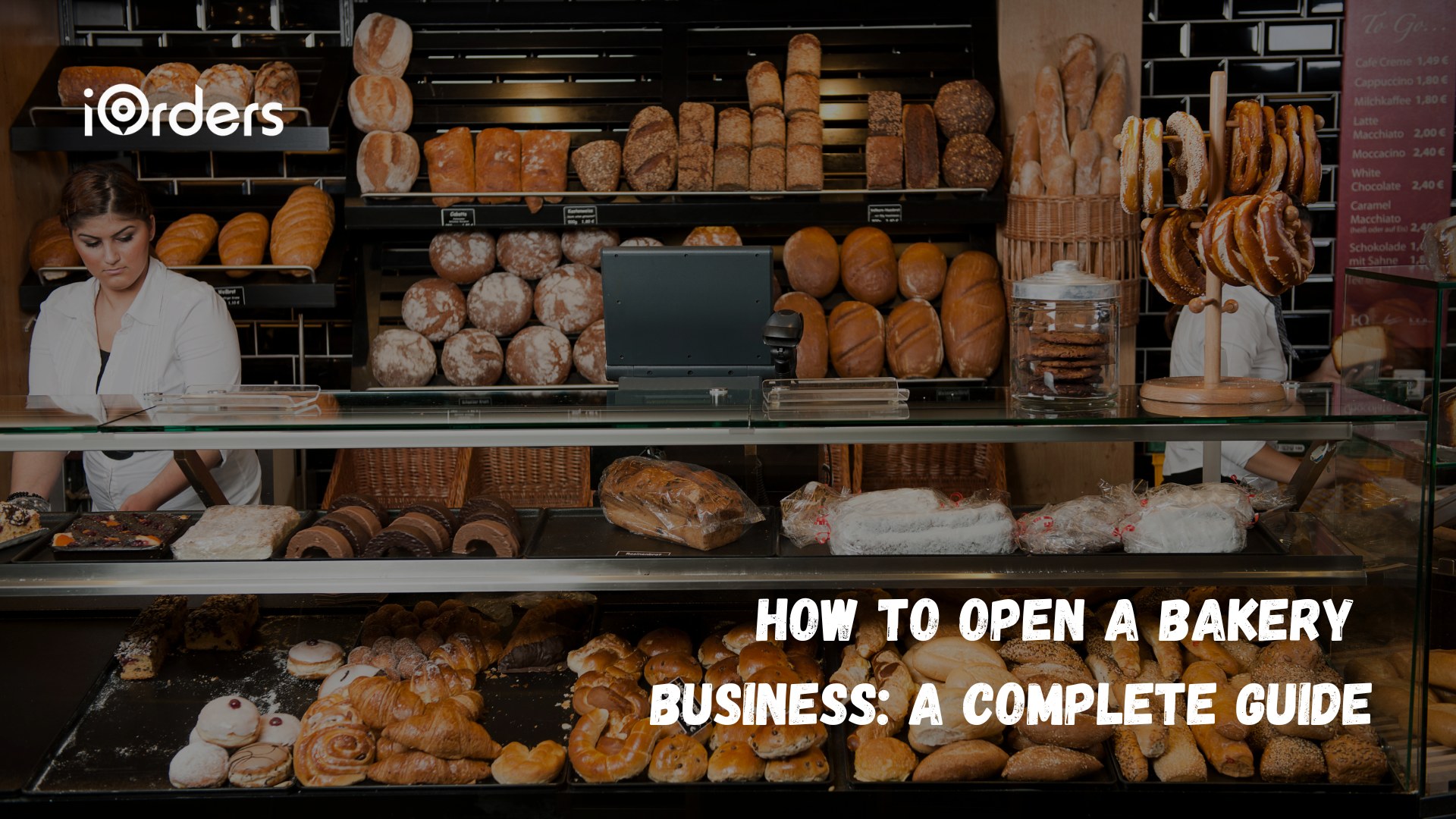
With the smell of freshly baked bread, the charm of intricately frosted cakes, and the growing demand for artisanal treats, the bakery business is booming. In India and across the globe, people are increasingly seeking out handcrafted, high-quality baked goods, whether it's a loaf of sourdough or a bespoke birthday cake.
Opening a bakery today is more than just following a passion. It's a real business opportunity that blends creativity with operational precision. From managing shelf life to handling custom orders, bakeries face unique challenges that differ from other F&B formats.
This guide breaks it all down for you. Whether you're dreaming of a cozy neighborhood shop or an online-first pastry brand, you’ll find everything you need, from choosing the right concept to managing daily operations.
.jpg)
Opening a bakery is exciting, but your concept needs to do more than just sound good on paper. It should reflect what you’re passionate about, match your target market’s preferences, and be operationally feasible.
This is where you define what you want to be known for. A focused niche helps you stand out and keeps your operations manageable.
Consider options like:
Choose something that combines your strengths with market demand.
Your format affects everything from your daily operations to your marketing plan. Choose one that fits your budget, your team size, and your long-term goals.
Think about who you're selling to. Your product line, pricing, and even packaging should reflect your target customer's habits, tastes, and lifestyle.
Some examples:
Once you’re clear on your concept, it’s time to put it all on paper and structure your ideas for real-world execution.
.jpg)
Once you’ve locked in your bakery concept, the next step is building a business plan that turns your idea into a real, sustainable operation. Your plan should clearly outline how your bakery will operate, generate revenue, and expand over time.
Start with the basics and cover these core areas:
This outline helps you stay focused and gives investors or partners something concrete to work with.
Your bakery type shapes your business model. A walk-in bakery may need a prime location and retail pricing strategy, while a delivery-only model would focus more on packaging, logistics, and aggregator platforms.
Also Read: The Complete Guide to Restaurant Accounting
Once you’ve built your plan, it’s time to get real about the numbers. Understanding your total setup cost helps avoid surprises and sets you up for smarter financial decisions.
.jpg)
Ovens, mixers, proofers, chillers — these are the backbone of any commercial bakery. Depending on your concept, your equipment needs (and budget) will vary.
Factor in monthly rent, security deposits, and renovation work. Don’t forget recurring costs like utilities, software subscriptions, and maintenance.
You'll need FSSAI registration, local permits, and a reliable initial team. Branding and packaging should be accounted for right at the start.
Packaging materials, ingredient stocking, uniforms, delivery bags, and opening-day promotions can sneak up on your budget.
Now that your numbers are in place, the next step is figuring out where to open. In the bakery world, location is more than just geography; it influences your brand, customer mix, and bottom line.
.jpg)
Choosing the right spot can make or break your bakery. It affects not just visibility, but also your operating costs, target audience, and day-to-day logistics.
You don’t need to be in the city’s most expensive market, but your bakery should be somewhere people are already spending time and money. Residential areas with families, bustling office zones, or even transit-heavy corners near metro stations can work well.
A good bakery thrives on walk-ins and impulse buys. Being near schools, gyms, coworking spaces, or clinics can bring regular traffic. At the same time, ensure your spot is easy for delivery partners to access.
Don’t just get swayed by a charming storefront. Verify if the kitchen area can accommodate your baking volume. If you're doing dine-in, is there enough space for seating without crowding? For a cloud bakery, can you create efficient workflows and adequate storage within the available square footage?
Once your location is locked, the legal groundwork begins. Setting up your bakery as a compliant business ensures you avoid costly penalties and delays when scaling.
.jpg)
Running a bakery means handling perishable food, working with staff, and serving the public. This comes with regulatory responsibilities.
The Food Safety and Standards Authority of India (FSSAI) license is mandatory for any food business.
Pro Tip: Display your FSSAI number on your packaging, invoices, and website.
This license regulates work hours, employee rights, and shop conditions.
These vary slightly by city but are typically required before launch:
With paperwork out of the way, it's time to bring your bakery to life. The kitchen is your core investment, and setting it up smartly impacts both quality and efficiency from day one.
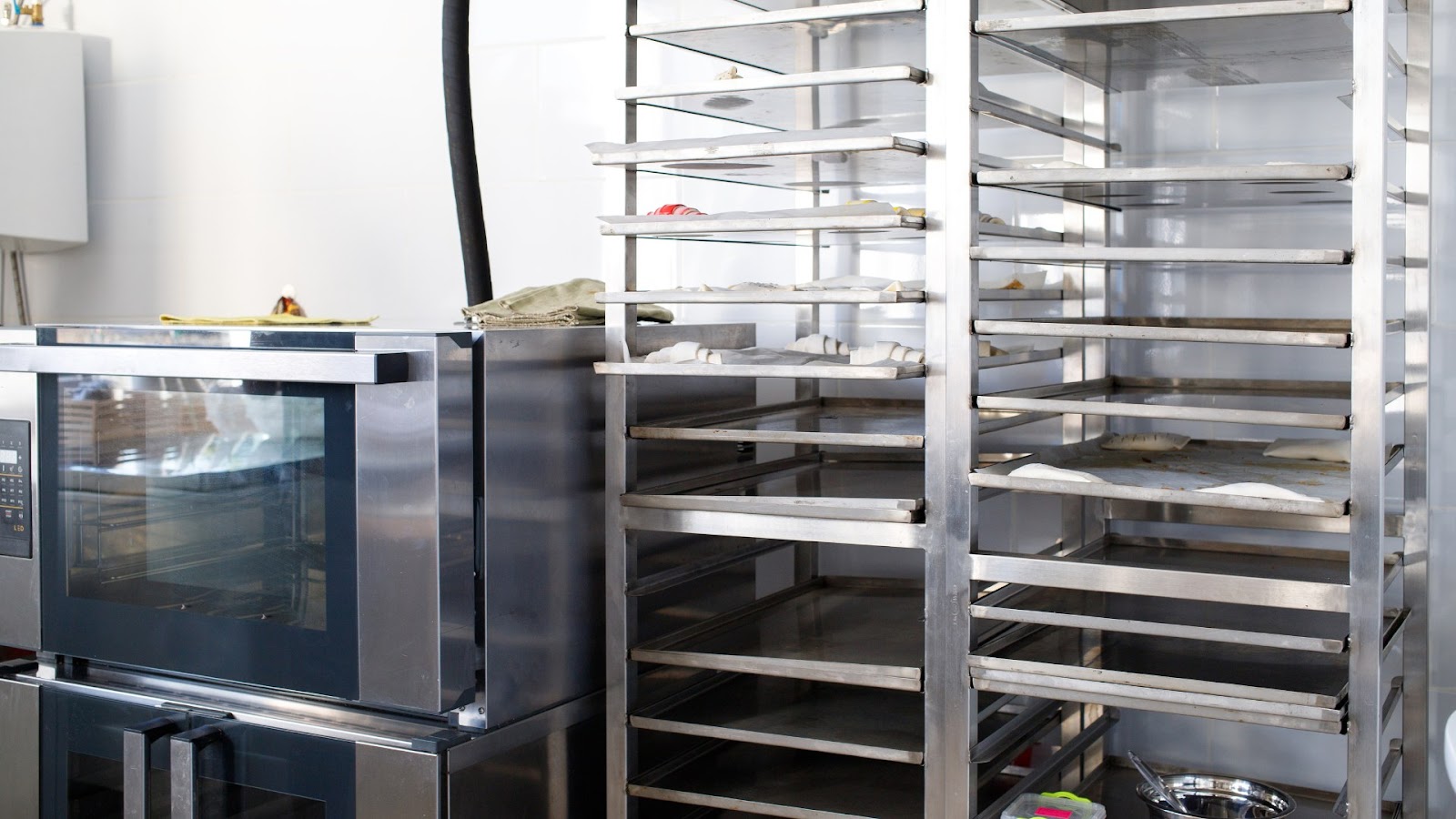
Your bakery kitchen should match your product line, daily volume, and available space. Getting this right early on saves time, cuts waste, and improves consistency.
Whether you're focused on sourdough or cupcakes, there are some basics every bakery needs:
If budget and space allow, these tools enhance quality and output:
Second-hand equipment can be budget-friendly, but always check:
Pro Tip: Always test-run equipment before purchasing. Some vendors allow trial periods or offer AMC (Annual Maintenance Contracts).
With your kitchen in place, it’s time to decide what comes out of it. Your menu and pricing strategy shape both your brand identity and your bottom line.
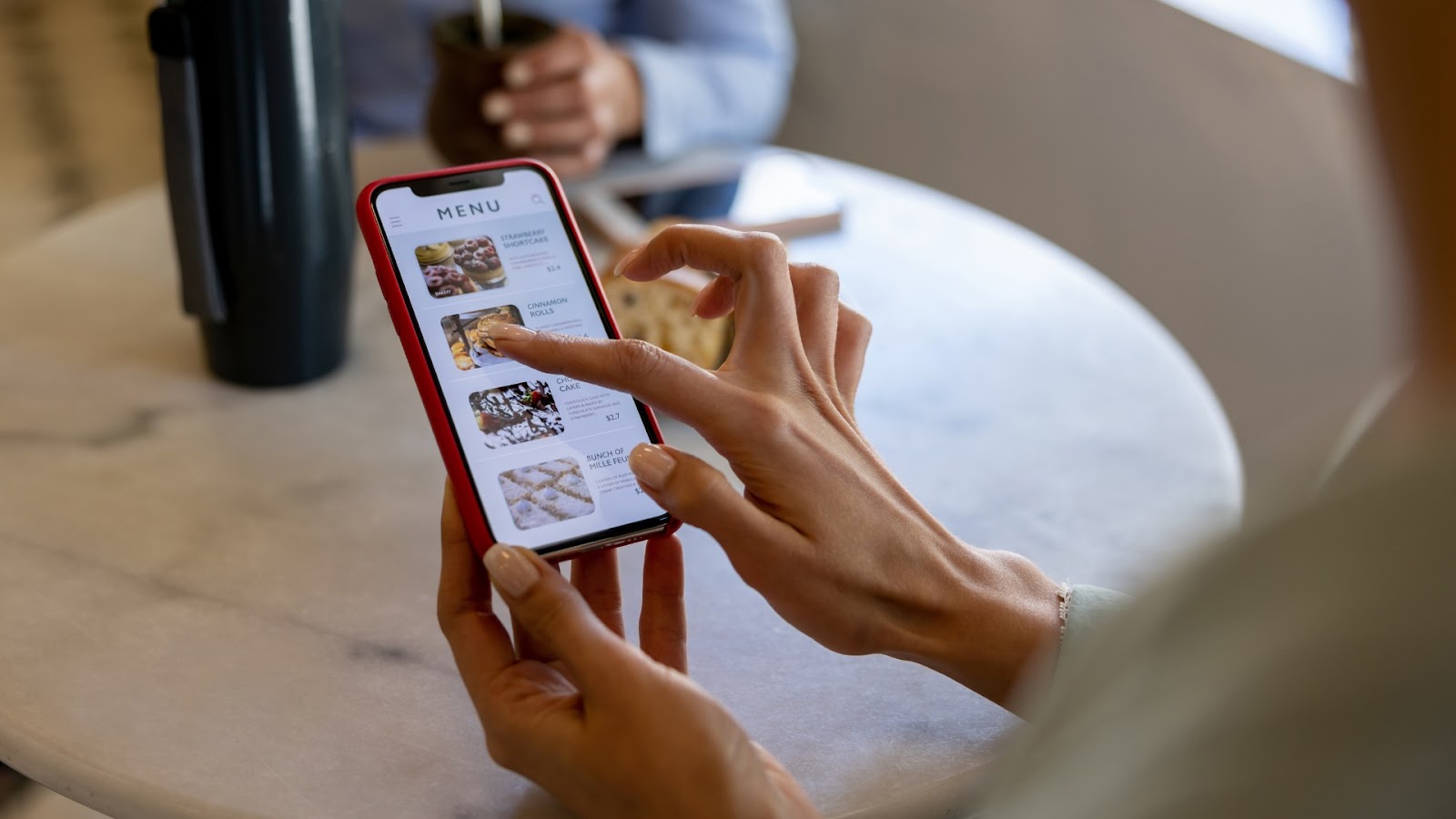
Your bakery’s success depends on offering the right mix of products that excite customers while ensuring strong margins.
Start with what sells:
Focus on 10 to 15 core items initially. You can always expand once operations stabilize.
Keeping your menu dynamic helps attract both loyal and new customers.
Make sure your staff is trained to handle these variations without slowing down service.
Price smartly by calculating:
Base cost per item
Here’s a basic pricing formula:
Before your oven starts humming and orders start rolling in, two things matter deeply: the people running your kitchen and the impression your brand leaves behind.
.jpg)
Your team shapes your day-to-day operations. Hiring the right people ensures consistency, speed, and a great customer experience.
Even a small bakery needs a well-rounded crew. Start with:
If you're starting small, you might wear multiple hats yourself in the early days.
In a fast-paced environment like a bakery, reliability and a positive attitude matter more than a fancy resume.
Look for:
You can train someone on how to frost a cake, but not how to show up on time every morning.
Create a simple training manual covering:
Regular training and refresher sessions keep everyone on the same page.
Also Read: How to Control Restaurant Labor Costs Effectively
I am running a few minutes late; my previous meeting is running over.
Once your team is ready, the next step is making sure your bakery looks the part and feels unforgettable.

Your brand isn’t just your name. It’s how people remember your bakery — visually, emotionally, and experientially.
Your branding should reflect your bakery’s personality and values. Ask yourself:
Good packaging does three things:
Eco-friendly and aesthetically pleasing boxes, sleeves, and stickers can boost brand recall and customer delight.
Whether you're walk-in or hybrid, your store layout impacts sales.
Tips for layout:
Warm lighting, clear signage, and the smell of fresh bread do more than any ad campaign.
Once your space is ready and your team is trained, it’s time to open your doors and make some noise.
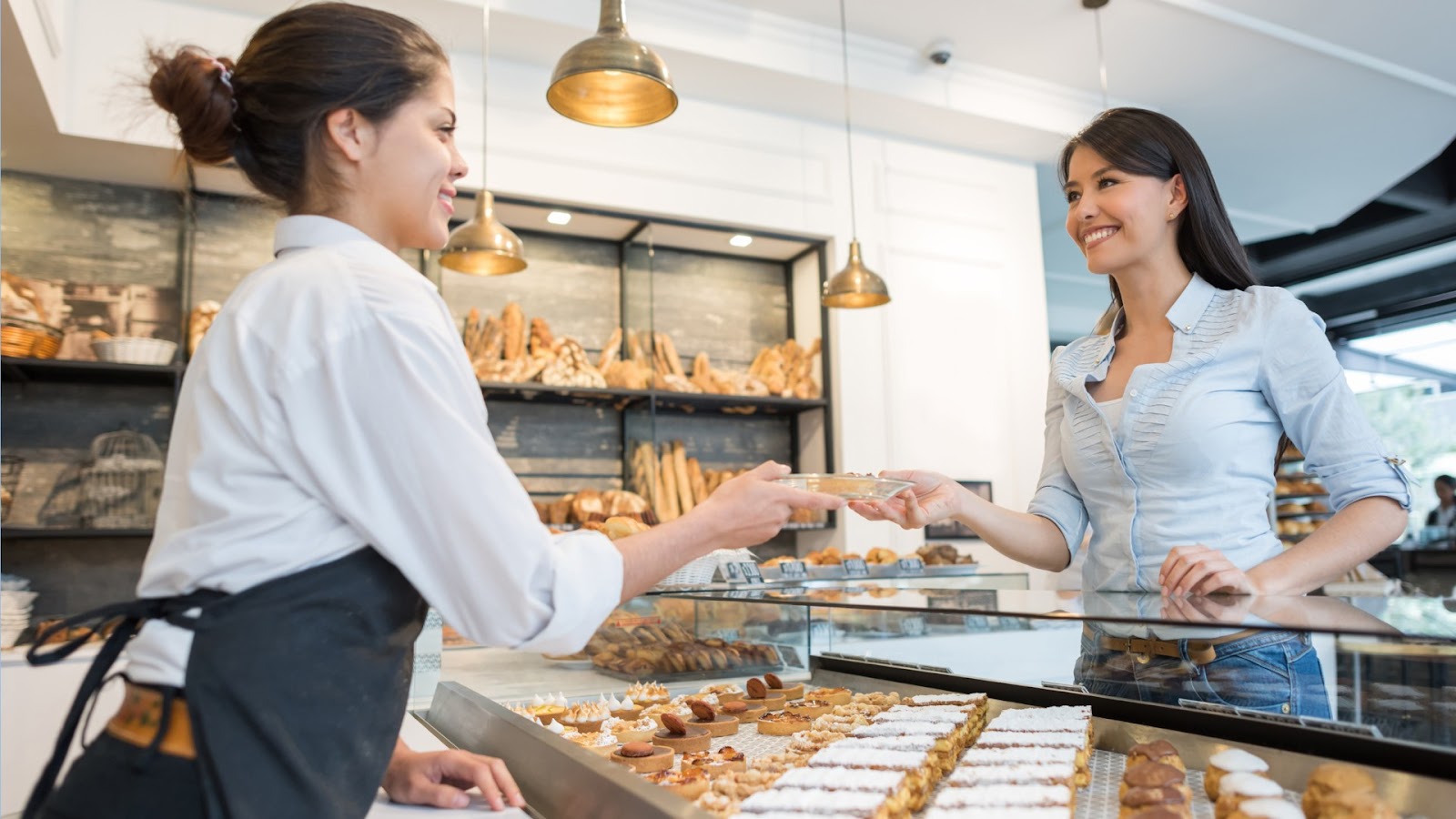
How you launch can shape early perception and long-term growth. Whether you go quiet or go viral, the key is planning with intent.
Start with a soft launch to iron out daily ops and gather early feedback. Invite friends, family, and a few locals. This lets you:
Follow up with a grand opening, a well-promoted event with offers, samplers, and maybe a local influencer or food blogger to build buzz.
Instagram is your digital storefront. Use it to:
Pro tip: Good photos sell more pastries than good captions.
Loyalty isn’t built overnight, but you can kickstart it with:
Also Read: How To Improve Restaurant Customer Service Experience
With launch and marketing in motion, your next challenge is keeping things running smoothly every single day.
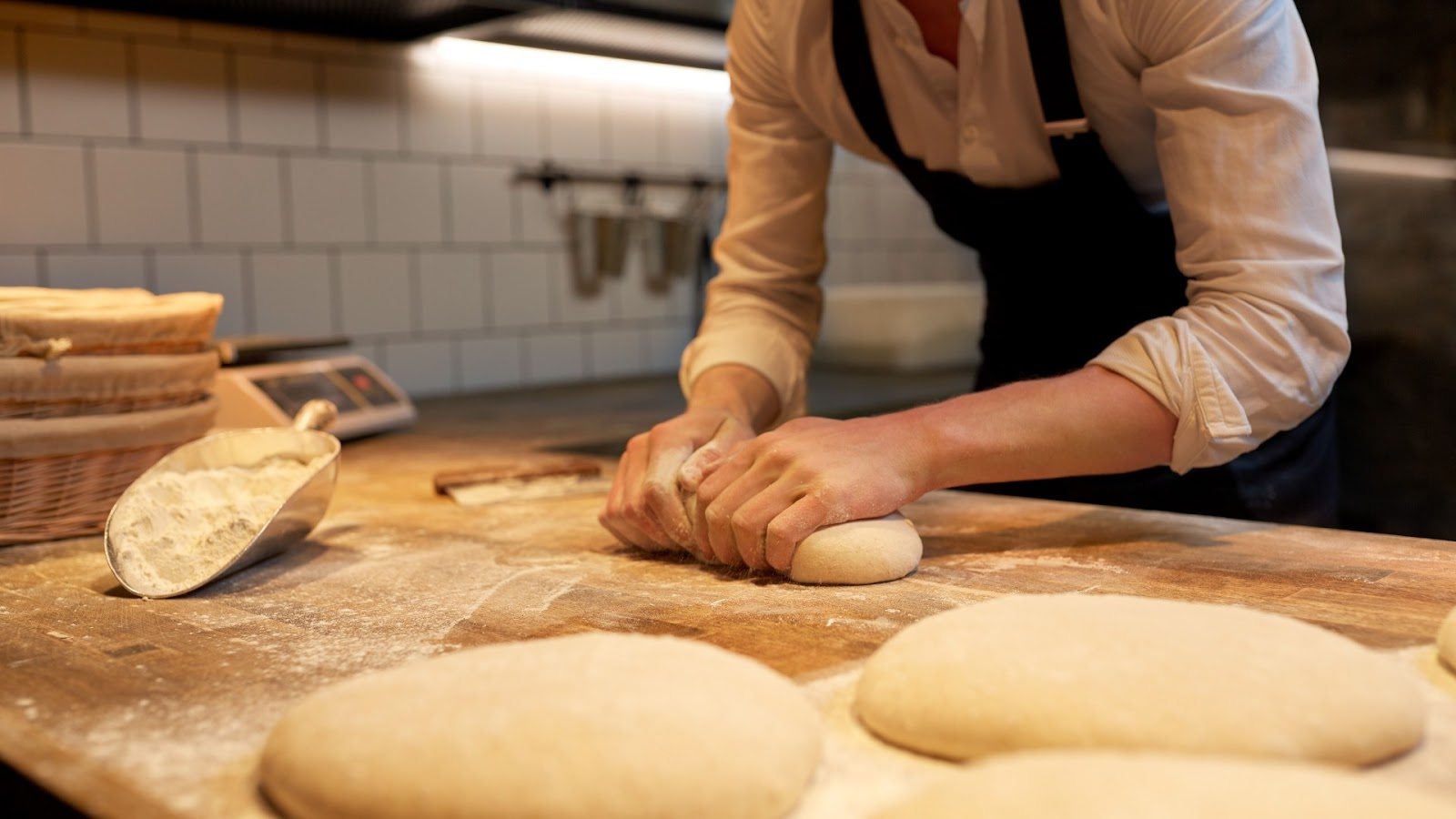
Great bakeries thrive on repeatable systems. From early-morning prep to evening cleanup, you’ll want structure, not chaos.
Split your daily timeline into blocks:
Pre-baking high-demand items and utilising batch preparation will keep your kitchen efficient without burnout.
Baking uses lots of short-shelf-life ingredients, dairy, eggs, fresh fruit, and yeast. Keep a tight grip on:
A good POS (Point of Sale) does more than bill customers. Look for one that:
Combine this with a supplier tracker that notes:
This saves time when you’re slammed and need to reorder on the fly.
.jpg)
Once your ovens are fired up and orders start rolling in, managing operations efficiently becomes just as important as baking the perfect batch. That’s where iOrders steps in.
Here’s how it supports new and growing bakery businesses:
iOrders also supports multi-outlet bakeries, so when you’re ready to scale from one neighborhood to the next, your tech doesn’t need a rebuild.
Starting a bakery is equal parts planning and passion. You’re not just selling cupcakes or croissants; you’re building something people will remember with every bite. From the legal checklists to the smell of fresh bread at 7 AM, each step sets the tone for your brand and business.
So whether you're bootstrapping or backed by investors, the essentials remain the same: bake great products, manage your backend tightly, and build loyalty through honest storytelling.
Want to simplify your daily operations and manage orders, inventory, and sales in one place? Book a free demo with iOrders, your all-in-one bakery management tool designed for small businesses that want to scale smart.
1. How much capital do I need to start a small bakery in India?
A home-based bakery can start at ₹1–3 lakhs. A small physical outlet may need ₹10–20 lakhs, depending on location, kitchen setup, and staff.
2. Do I need an FSSAI license if I’m baking from home?
Yes. Even home bakers need an FSSAI registration to legally sell food products.
3. What are the top mistakes first-time bakers make?
Skipping licenses, underpricing items, ignoring inventory, and poor-quality packaging.
4. Is it better to rent or buy bakery equipment?
Rent or buy second-hand for expensive machines if you're testing the market. Buy new once revenue stabilizes.
5. How can I increase footfall in the first 3 months?
Leverage Instagram reels, run launch offers, collaborate with local creators, and participate in nearby food events.